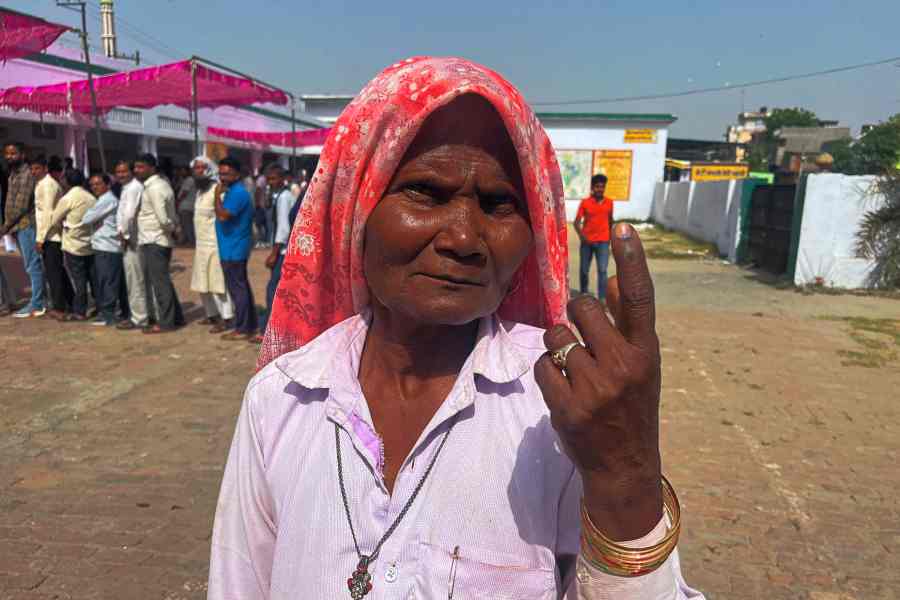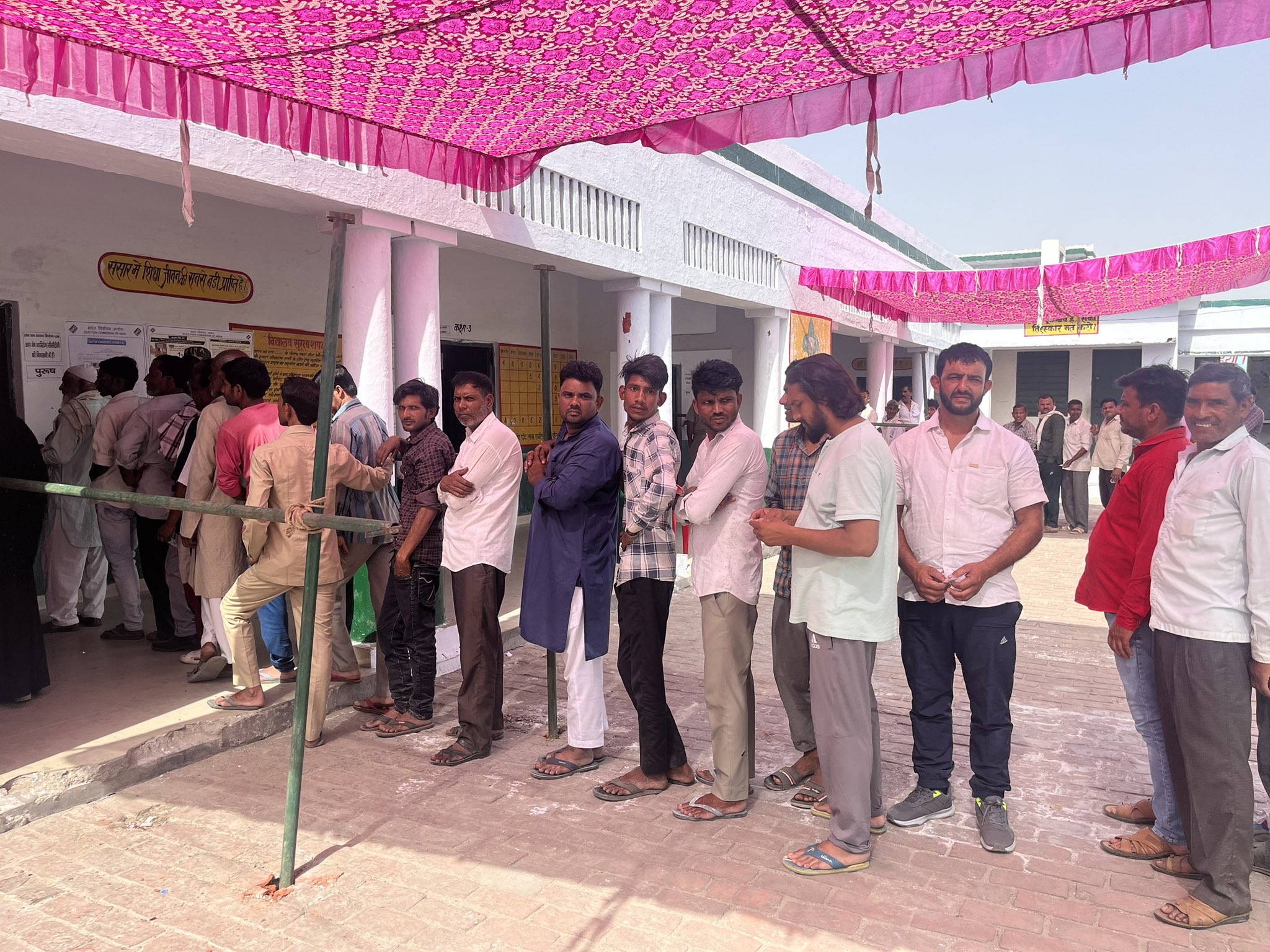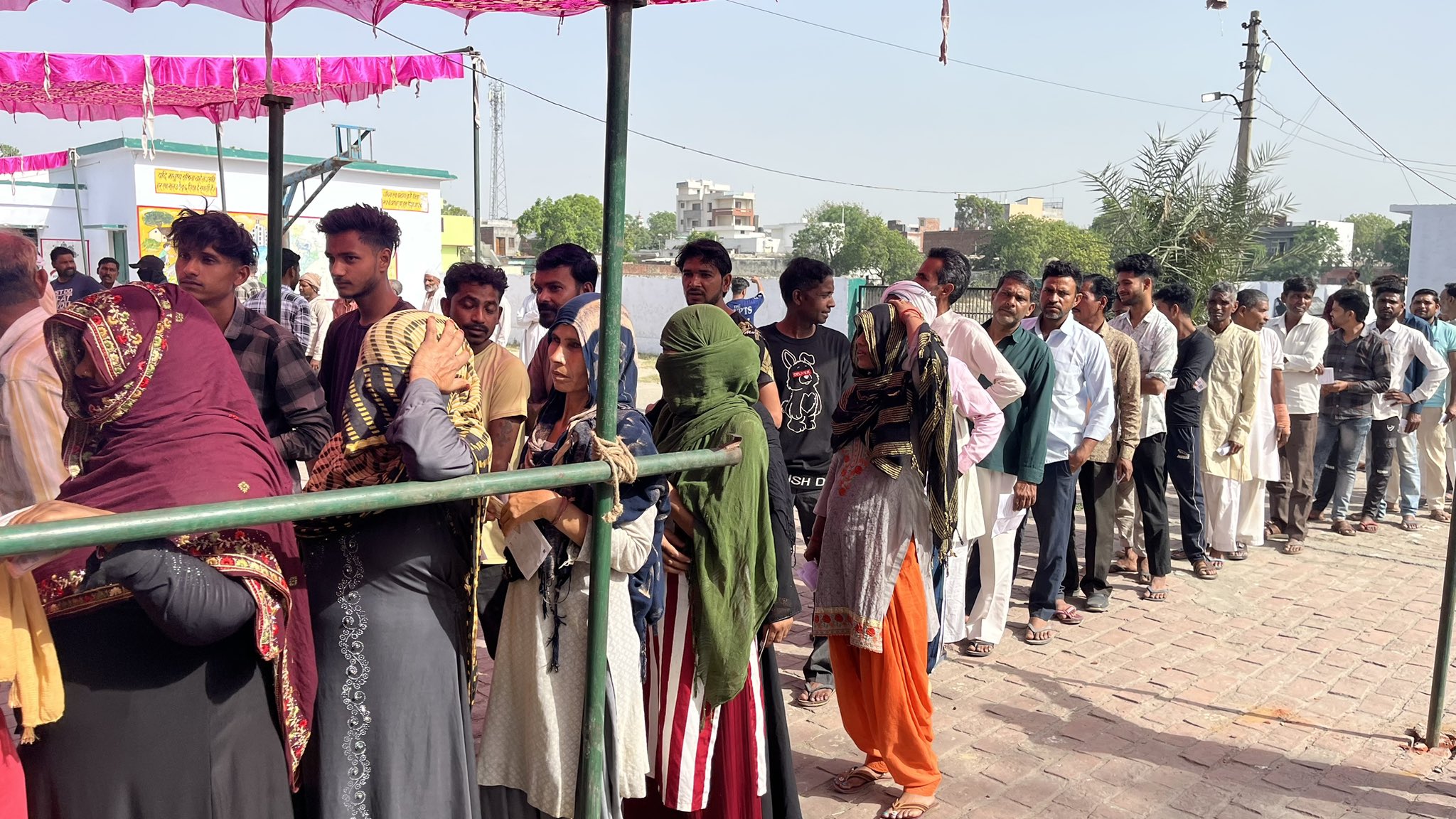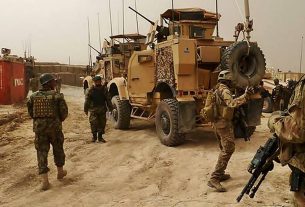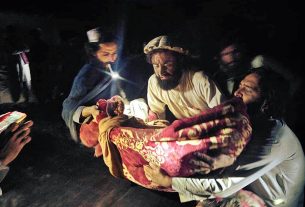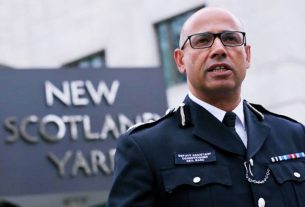Fri 19 April 2024:
Voters are casting ballots in the first of the seven phases of India’s mammoth general elections. The polls are primarily pitting the National Democratic Alliance led by two-time Prime Minister Narendra Modi’s Bharatiya Janata Party (BJP) against the Indian National Developmental Inclusive Alliance, spearheaded by the main opposition party, Indian National Congress.
Voters will be electing representatives for the 543 seats of the Lok Sabha, India’s lower house of parliament. The party or coalition that secures a majority will form the next government. Some 969 million registered voters are eligible to participate in the world’s largest democratic exercise over six weeks. The first phase includes 102 constituencies in 21 states and union territories. The results will be announced on June 4.
Voting started at 7am local time (01:30 GMT) and will end at 6pm local time (12:30 GMT). People in the queue by closing time get to vote even if that means keeping polling booths open longer.
With 969 million registered voters, the size of India’s electorate is bigger than the combined population of the 27 European Union member states. This includes 18 million first-time voters, and some 197 million who are in their 20s.
Turnout during the last national elections was more than 67 percent, with nearly 615 million people casting a ballot.
‘Every vote counts and every voice matters’: Modi
“I particularly call upon the young and first time voters to vote in large numbers. After all, every vote counts and every voice matters,” he said.
Rahul Gandhi says vote will decide ‘future of India’s democracy’
“Remember, each of your votes is going to decide the future of Indian democracy and the coming generations,” the Congress leader posted on X platform.
“So come out and strengthen democracy by applying the balm of your vote to the wounds inflicted on the soul of the nation in the last 10 years. Defeat hatred and open the shop of love in every corner.”
Many Hindus voting for Modi and ‘civilisational glory’
“I am voting for India’s civilisational glory,” said the wizened nonagenarian, clad in a simple saffron robe and resting his weight on a wooden walking stick, his wrinkled forehead smeared with vermilion and ash.
“Under Modi, our country has become what we sages had always hoped for,” he told the AFP news agency.
Shiv Shankar Giri, a young man serving in a Hindu monastic order in Haridwar, said he had cast his vote for “the one who had brought Ram”, the Hindu god.
Earlier this year, Modi inaugurated a grand Ram temple, built near the site in Ayodhya, another holy town in Uttar Pradesh state, where a 16th-century mosque was demolished by a Hindu mob in 1992.
“We are all voting for the person who has made Hinduism strong,” said the 28-year-old. “We are voting for Modi.”
40 percent voter turnout till 1pm local time: Reports
#LokSabhaElections2024 | Voter turnout till 1 pm for phase 1 of polling:
Lakshadweep records the lowest – 29.91%
Tripura records the highest – 53.04% pic.twitter.com/Pd03IigQ0K— ANI (@ANI) April 19, 2024
Almost zero voting was recorded across six districts in the northeastern state of Nagaland after a prominent local organisation declared a “public emergency” and asked the locals to boycott the vote, India’s NDTV website reported.
The Eastern Nagaland People’s Organisation is demanding a separate administration with more financial autonomy, the report said.
Clashes between rival political groups were also reported from some constituencies in the eastern West Bengal state.
Four Indian states also holding assembly elections
Andhra Pradesh in the south, neighbouring Odisha, and Sikkim and Arunachal Pradesh in the northeast will pick new state assemblies alongside the Lok Sabha election.
Of these, all the 60 assembly constituencies in Arunachal Pradesh and 32 in Sikkim are voting on Friday, while the other two states will also hold a second phase of state polls.
Modi ‘doesn’t believe in democracy’: Academic
“Modi has a very authoritarian mindset,” Christophe Jaffrelot, a political scientist, told the Associated Press.
“He doesn’t believe in democracy. He doesn’t believe in parliamentarianism,” said Jaffrelot, who has previously written about Modi and the Hindu right.
Modi insists India’s commitment to democracy is unchanged.
“India is not only fulfilling the aspirations of its 1.4 billion people, but is also providing hope to the world that democracy delivers and empowers,” he told a Summit for Democracy meeting in New Delhi last month.
When are the next six phases?
The following phase of voting will take place on May 7, for 94 seats in 12 states. On May 13, 96 seats in 10 states will be contested, while on May 20 voters will cast ballots for 49 seats in eight states.
The May 25 phase will cover 57 seats in seven states, and the last phase on June 1 will see polling in 57 constituencies across eight states.
When will the results be announced?
Formal ballot counting begins three days later on June 4, though the use of electronic voting machines means tallying will be quick. Results should be announced on the same day.
The party with a simple majority of 273 or more seats in the lower house is invited to form a government with its choice of prime minister. If no single party reaches that mark, India’s president will ask the leading party to try to put together a coalition.
Previously, that has led to days – and sometimes weeks – of intense horse-trading and negotiations between parties to cobble together a working majority.
SOURCE: INDEPENDENT PRESS AND NEWS AGENCIES
______________________________________________________________
FOLLOW INDEPENDENT PRESS:
WhatsApp CHANNEL
https://whatsapp.com/channel/0029VaAtNxX8fewmiFmN7N22
![]()
TWITTER (CLICK HERE)
https://twitter.com/IpIndependent
FACEBOOK (CLICK HERE)
https://web.facebook.com/ipindependent
YOUTUBE (CLICK HERE)
https://www.youtube.com/@ipindependent
Think your friends would be interested? Share this story!


